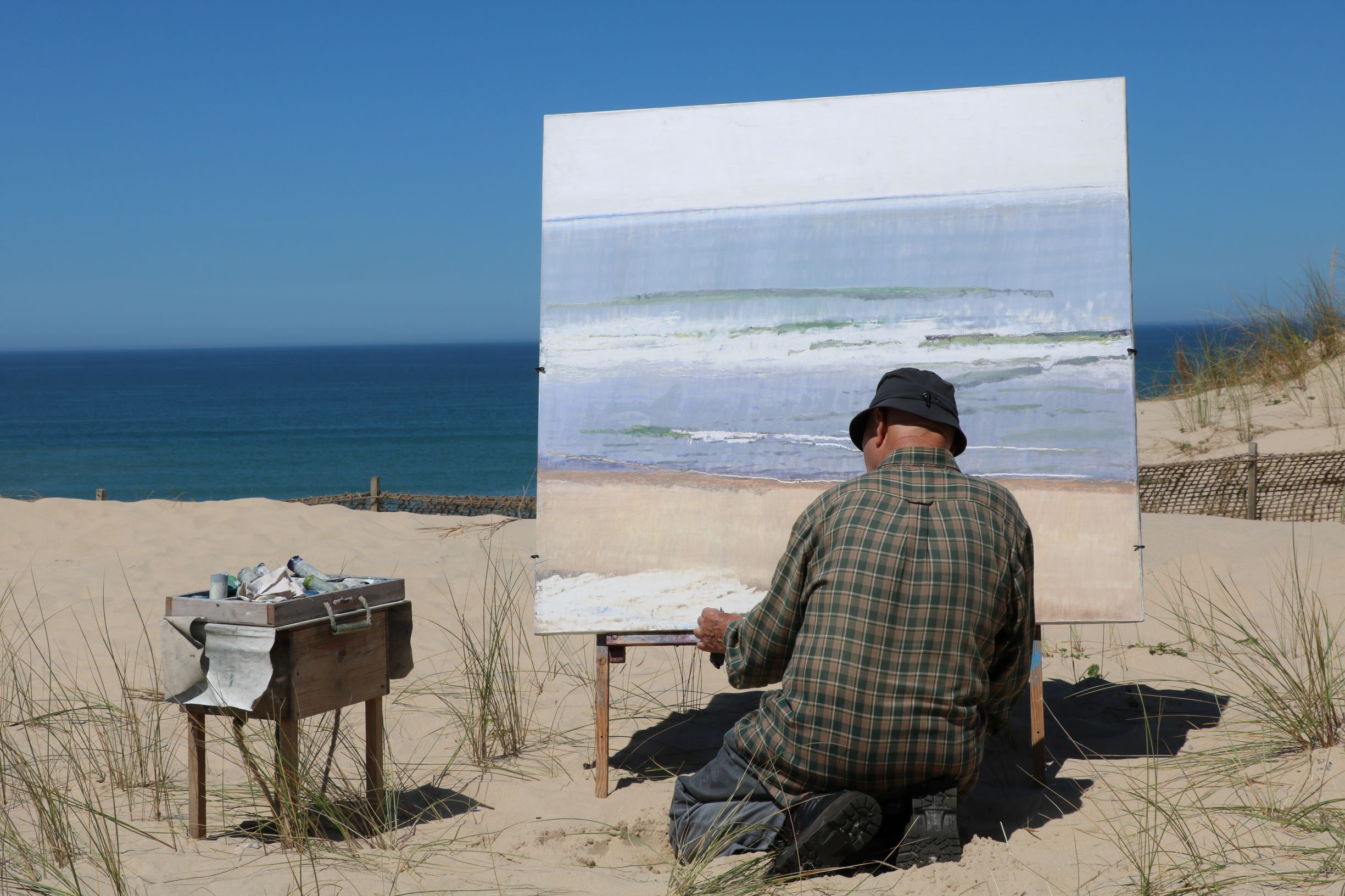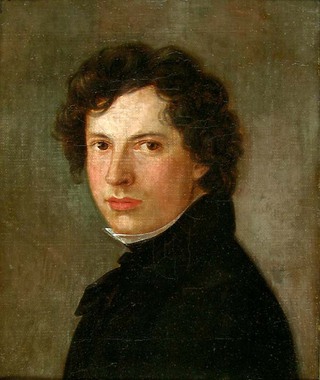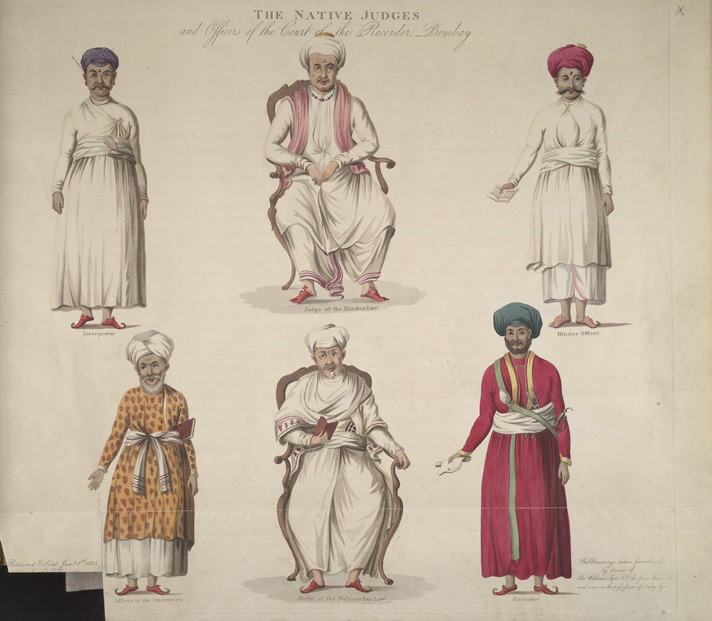|
Hans Fredrik Gude
Hans Fredrik Gude (March 13, 1825August 17, 1903) was a Norwegian romanticist painter and is considered along with Johan Christian Dahl to be one of Norway's foremost landscape painters. He has been called a mainstay of Norwegian National Romanticism. Gunnarsson 1998, p. 104 He is associated with the Düsseldorf school of painting. Gude's artistic career was not one marked with drastic change and revolution, but was instead a steady progression that slowly reacted to general trends in the artistic world. Gude's early works are of idyllic, sun-drenched Norwegian landscapes which present a romantic, yet still realistic view of his country. Around 1860 Gude began painting seascapes and other coastal subjects. Gude had difficulty with figure drawing initially and so collaborated with Adolph Tidemand in some of his painting, drawing the landscape himself and allowing Tidemand to paint the figures. Later Gude would work specifically on his figures while at Karlsruhe, and so began ... [...More Info...] [...Related Items...] OR: [Wikipedia] [Google] [Baidu] |
Oslo
Oslo ( , , or ; sma, Oslove) is the capital and most populous city of Norway. It constitutes both a county and a municipality. The municipality of Oslo had a population of in 2022, while the city's greater urban area had a population of in 2019, and the metropolitan area had an estimated population of in 2021. During the Viking Age the area was part of Viken. Oslo was founded as a city at the end of the Viking Age in 1040 under the name Ánslo, and established as a ''kaupstad'' or trading place in 1048 by Harald Hardrada. The city was elevated to a bishopric in 1070 and a capital under Haakon V of Norway around 1300. Personal unions with Denmark from 1397 to 1523 and again from 1536 to 1814 reduced its influence. After being destroyed by a fire in 1624, during the reign of King Christian IV, a new city was built closer to Akershus Fortress and named Christiania in honour of the king. It became a municipality ('' formannskapsdistrikt'') on 1 January 1838. The city fu ... [...More Info...] [...Related Items...] OR: [Wikipedia] [Google] [Baidu] |
En Plein Air
''En plein air'' (; French for 'outdoors'), or ''plein air'' painting, is the act of painting outdoors. This method contrasts with studio painting or academic rules that might create a predetermined look. The theory of 'En plein air' painting is credited to Pierre-Henri de Valenciennes (1750–1819), first expounded in a treatise entitled ''Reflections and Advice to a Student on Painting, Particularly on Landscape'' (1800), where he developed the concept of landscape portraiture by which the artist paints directly onto canvas ''in situ'' within the landscape. It enabled the artist to better capture the changing details of weather and light. The invention of portable canvases and easels allowed the practice to develop, particularly in France, and in the early 1830s the Barbizon school of painting in natural light was highly influential. Amongst the most prominent features of this school were its tonal qualities, colour, loose brushwork, and softness of form. These were varian ... [...More Info...] [...Related Items...] OR: [Wikipedia] [Google] [Baidu] |
Landscape Art
Landscape painting, also known as landscape art, is the depiction of natural scenery such as mountains, valleys, trees, rivers, and forests, especially where the main subject is a wide view—with its elements arranged into a coherent composition. In other works, landscape backgrounds for figures can still form an important part of the work. Sky is almost always included in the view, and weather is often an element of the composition. Detailed landscapes as a distinct subject are not found in all artistic traditions, and develop when there is already a sophisticated tradition of representing other subjects. Two main traditions spring from Western painting and Chinese art, going back well over a thousand years in both cases. The recognition of a spiritual element in landscape art is present from its beginnings in East Asian art, drawing on Daoism and other philosophical traditions, but in the West only becomes explicit with Romanticism. Landscape views in art may be entirely ... [...More Info...] [...Related Items...] OR: [Wikipedia] [Google] [Baidu] |
Johan Sebastian Welhaven
Johan Sebastian Cammermeyer Welhaven (22 December 1807 – 21 October 1873) was a Norwegian author, poet, critic, and art theorist. He has been considered "one of the greatest figures in Norwegian literature." Background Johan Welhaven was born in Bergen, Norway in 1807. His grandfather, Johan Andrew Welhaven (1748–1811) was a teacher and later assistant to the pastor at St Mary's Church (''Mariakirken''), which served the city's German community. The author's father, Johan Ernst Welhaven (1775–1828), was a pastor at St. George's Hospital, (''St. Jørgens spedalskehospital''), while his mother, Else Margaret Cammermeyer, was the daughter of Johan Sebastian Cammermeyer, resident chaplain of Holy Cross Church (''Korskirken''). Johan Welhaven was the member of an accomplished family which included his sister socialite Maren Sars, the wife of theologian and biologist Michael Sars (1805–1869), and mother of historian, Ernst Sars (1835–1917), marine biologist Georg Ossian ... [...More Info...] [...Related Items...] OR: [Wikipedia] [Google] [Baidu] |
Judge
A judge is a person who presides over court proceedings, either alone or as a part of a panel of judges. A judge hears all the witnesses and any other evidence presented by the barristers or solicitors of the case, assesses the credibility and arguments of the parties, and then issues a ruling in the case based on their interpretation of the law and their own personal judgment. A judge is expected to conduct the trial impartially and, typically, in an open court. The powers, functions, method of appointment, discipline, and training of judges vary widely across different jurisdictions. In some jurisdictions, the judge's powers may be shared with a jury. In inquisitorial systems of criminal investigation, a judge might also be an examining magistrate. The presiding judge ensures that all court proceedings are lawful and orderly. Powers and functions The ultimate task of a judge is to settle a legal dispute in a final and publicly lawful manner in agreement with substantial p ... [...More Info...] [...Related Items...] OR: [Wikipedia] [Google] [Baidu] |
Otto Lessing (sculptor)
Otto Lessing (24 February 1846 – 22 November 1912) was a prominent German Historicist sculptor whose work largely shaped the appearance of Berlin in the late 19th and early 20th centuries. He was the son of history and landscape painter Carl Friedrich Lessing and the great great nephew of poet Gotthold Ephraim Lessing.Jörg Kuhn: ''Otto Lessing 1846–1912'' (Berlin: Freie Universität, 1994Online summary Lessing created sculpture and decorative architectural elements on the façades and interiors of many important buildings in Germany, such as the Reichstag, Berlin Cathedral and the Reichsgericht (Supreme Court) in Leipzig. In addition to large public contracts, he also designed commercial buildings and residential villas. At the height of his career in 1911, Lessing was appointed to the Senate of the Prussian Academy of Arts and awarded the Pour le Mérite in Science and Arts (german: link=no, Pour le mérite für Wissenschaft und Künste), Germany's highest civili ... [...More Info...] [...Related Items...] OR: [Wikipedia] [Google] [Baidu] |
Agnes Charlotte Gude
Agnes Charlotte Gude (1 February 1863 – 11 July 1929) was a Norwegian watercolorist and illustrator. Biography Gude was born in Betws-y-Coed, Wales and raised in Karlsruhe and Berlin. Her parents were the prominent painter Hans Gude and Betsy Charlotte Juliane, née Anker (1830–1912). Under her siblings were the diplomat (1853–1910), the painter Nils Gude (1859–1908) and the painter Sigrid Gude, married to the German sculptor Otto Lessing (1846–1912).Ebba Jansen: ''Slekten Gude i Norge.'' Bergen 1940. p. 77–81, 88. Gude was married to the German painter (1860–1939) from 1885 to 1903. She had three children between 1886 and 1888. Her daughter (1887–1979) also became an artist. Gude received a good education in painting. She is known for several drawings, which are exhibited in the Norwegian National Gallery. However, only a few of her works are known. She illustrated a poetry collection of children's songs and rhymes edited by Mathilde Wesendonck, whic ... [...More Info...] [...Related Items...] OR: [Wikipedia] [Google] [Baidu] |
Nils Gude
Nils Gude (4 April 1859 in Düsseldorf – 24 December 1908 in Christiania) was a Norwegian portrait painter. Biography Nils Gude was the son of the prominent painter Hans Gude (1825–1903) and the brother of diplomat Ove Gude (1853–1910). He was born in Düsseldorf, Germany where his father was teaching at the Düsseldorf school of painting. He studied under his father, before entering the Academy of Fine Arts, Karlsruhe in 1877 to study under Eduard Hildebrandt and Karl Gussow. He continued his studies in Berlin 1881–82, and later relocated to Christiania (now Oslo), Norway. Gude is known for several portraits of prominent figures of the day, including portraits of his own father and of Henrik Ibsen Henrik Johan Ibsen (; ; 20 March 1828 – 23 May 1906) was a Norwegian playwright and theatre director. As one of the founders of modernism in theatre, Ibsen is often referred to as "the father of realism" and one of the most influential playw ....'' Salmonse ... [...More Info...] [...Related Items...] OR: [Wikipedia] [Google] [Baidu] |
Hans Fredrik Gude By Overbeck
Hans may refer to: __NOTOC__ People * Hans (name), a masculine given name * Hans Raj Hans, Indian singer and politician ** Navraj Hans, Indian singer, actor, entrepreneur, cricket player and performer, son of Hans Raj Hans ** Yuvraj Hans, Punjabi actor and singer, son of Hans Raj Hans * Hans clan, a tribal clan in Punjab, Pakistan Places * Hans, Marne, a commune in France * Hans Island, administrated by Greenland and Canada Arts and entertainment * ''Hans'' (film) a 2006 Italian film directed by Louis Nero * Hans (Frozen), the main antagonist of the 2013 Disney animated film ''Frozen'' * ''Hans'' (magazine), an Indian Hindi literary monthly * ''Hans'', a comic book drawn by Grzegorz Rosiński and later by Zbigniew Kasprzak Other uses * Clever Hans, the "wonder horse" * '' The Hans India'', an English language newspaper in India * HANS device, a racing car safety device *Hans, the ISO 15924 code for Simplified Chinese script See also *Han (other) Han may refer to: ... [...More Info...] [...Related Items...] OR: [Wikipedia] [Google] [Baidu] |
Berlin Academy Of Art
The Prussian Academy of Arts (German: ''Preußische Akademie der Künste'') was a state arts academy first established in Berlin, Brandenburg, in 1694/1696 by prince-elector Frederick III, in personal union Duke Frederick I of Prussia, and later king in Prussia. After the Accademia dei Lincei in Rome and the Académies Royales in Paris, the Prussian Academy of Art was the oldest institution of its kind in Europe, with a similar mission to other royal academies of that time, such as the Real Academia Española in Madrid, the Royal Society in London, or the Royal Swedish Academy of Fine Arts in Stockholm. The academy had a decisive influence on art and its development in the German-speaking world throughout its existence. For an extended period of time it was also the German artists' society and training organisation, whilst the Academy's Senate became Prussia's arts council as early as 1699. It dropped 'Prussian' from its name in 1945 and was finally disbanded in 1955 after ... [...More Info...] [...Related Items...] OR: [Wikipedia] [Google] [Baidu] |
Karlsruhe
Karlsruhe ( , , ; South Franconian: ''Kallsruh'') is the third-largest city of the German state (''Land'') of Baden-Württemberg after its capital of Stuttgart and Mannheim, and the 22nd-largest city in the nation, with 308,436 inhabitants. It is also a former capital of Baden, a historic region named after Hohenbaden Castle in the city of Baden-Baden. Located on the right bank of the Rhine near the French border, between the Mannheim/ Ludwigshafen conurbation to the north and Strasbourg/Kehl to the south, Karlsruhe is Germany's legal center, being home to the Federal Constitutional Court (''Bundesverfassungsgericht''), the Federal Court of Justice (''Bundesgerichtshof'') and the Public Prosecutor General of the Federal Court of Justice (''Generalbundesanwalt beim Bundesgerichtshof''). Karlsruhe was the capital of the Margraviate of Baden-Durlach (Durlach: 1565–1718; Karlsruhe: 1718–1771), the Margraviate of Baden (1771–1803), the Electorate of Baden (1803–1806), th ... [...More Info...] [...Related Items...] OR: [Wikipedia] [Google] [Baidu] |







